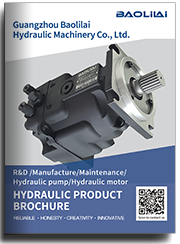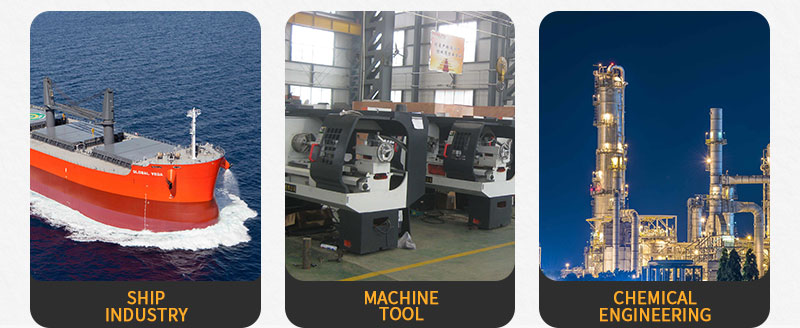ERL130BLS2021NNN3S1NPA1NAAANNNNNN piston pump
ERL130BLS2021NNN3S1NPA1NAAANNNNNN piston pump

- Product Details
- Applicable Scene
Fluid Type: Use hydraulic fluids that are compatible with the materials of the pump and other system components to prevent degradation and ensure optimal performance.
ER-L-130B-LS-20-21-NN-N-3-S1NP-A1N-AAA-NNN-NNN
ERL130BLS2021NNN3S1NPA1NAAANNNNNN
Reservoir Size: Choose a pump that matches the size of your hydraulic reservoir. An undersized reservoir can lead to overheating and premature wear, while an oversized one may result in added weight and cost.

83064464
Filtration Needs: Depending on the operating environment, it may be necessary to incorporate filtration systems to protect the pump from contaminants.
Performance and Efficiency Ratings
Look for performance and efficiency ratings for the pumps being considered. These may include:
Flow Rate: Assess the flow rate in relation to your lifting speed requirements. Convert the flow rate to ensure it meets the speed needed for lifting the specified load.
Efficiency: Evaluate the pump’s efficiency under different load conditions. Higher efficiency means less energy consumption and lower operating costs.
Duty Cycle: Consider the intended use of the pump and its duty cycle. Continuous operation requires a pump designed for sustained use without overheating or losing performance.
Budget and Maintenance Considerations
Finally, factor in the budget and maintenance implications. While it might be tempting to select a cheaper pump, consider the long-term costs associated with reliability, efficiency, and maintenance. A well-chosen hydraulic pump can lead to lower overall costs and minimize downtime.
Choose a reputable manufacturer or supplier who provides good after-sales support, including maintenance and spare parts availability. Understanding warranty terms and service agreements can also prevent unexpected costs later on.
Conclusion
Selecting the right hydraulic pump for precision lifting systems is a multifaceted process that requires careful consideration of application requirements, pump types, system compatibility, performance ratings, and budget. By taking the time to evaluate these factors in detail, you can ensure that your hydraulic lifting system operates efficiently and safely, ultimately leading to improved productivity and reduced operational costs.





